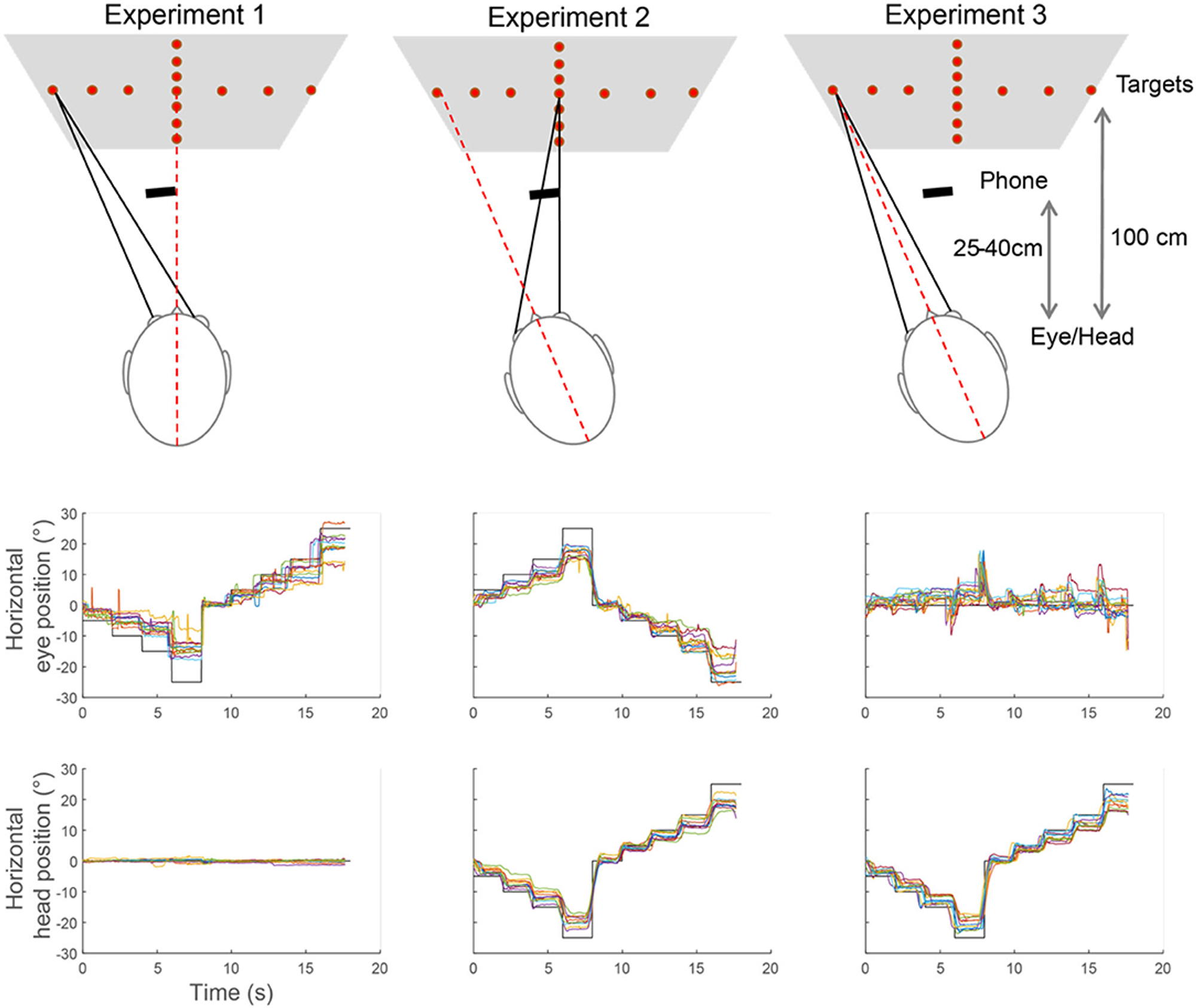
//
Eye and head movement recordings using smartphones for telemedicine applications: measurements of accuracy and precision
Search
Try Notion
Eye and head movement recordings using smartphones for telemedicine applications: measurements of accuracy and precision
Authors text
Parker, Taylor Max , Badihian, Shervin, Hasson, Ahmed, Saber Tehrani, Ali S, Farrel, Nathan, Newman-Toker, David, Otero-Millan, Jorge
Journal/Book
Front Neurol
Year
2022
Abstract
Objective: Smartphones have shown promise in the assessment of neuro-ophthalmologic and vestibular disorders. We have shown that the head impulse test results recorded using our application are comparable with measurements from clinical video-oculography (VOG) goggles. The smartphone uses ARKit's capability to acquire eye and head movement positions without the need of performing a calibration as in most eye-tracking devices. Here, we measure the accuracy and precision of the eye and head position recorded using our application.
Methods: We enrolled healthy volunteers and asked them to direct their eyes, their heads, or both to targets on a wall at known eccentricities while recording their head and eye movements with our smartphone application. We measured the accuracy as the error between the eye or head movement measurement and the location of each target and the precision as the standard deviation of the eye or head position for each of the target positions.
Results: The accuracy of head recordings (15% error) was overall better than the accuracy of eye recordings (23% error). We also found that the accuracy for horizontal eye movements (17% error) was better than for vertical (27% error). Precision was also better for head movement (0.8 degrees) recordings than eye movement recordings (1.3 degrees) and variability tended to increase with eccentricity.
Conclusion: Our results provide basic metrics evaluating the utility of smartphone applications in the quantitative assessment of head and eye movements. While the new method may not replace the more accurate dedicated VOG devices, they provide a more accessible quantitative option. It may be advisable to include a calibration recording together with any planned clinical test to improve the accuracy.
Citation
Front. Neurol., 18
Broad Topic
Diagnosis
Measuring eye movements